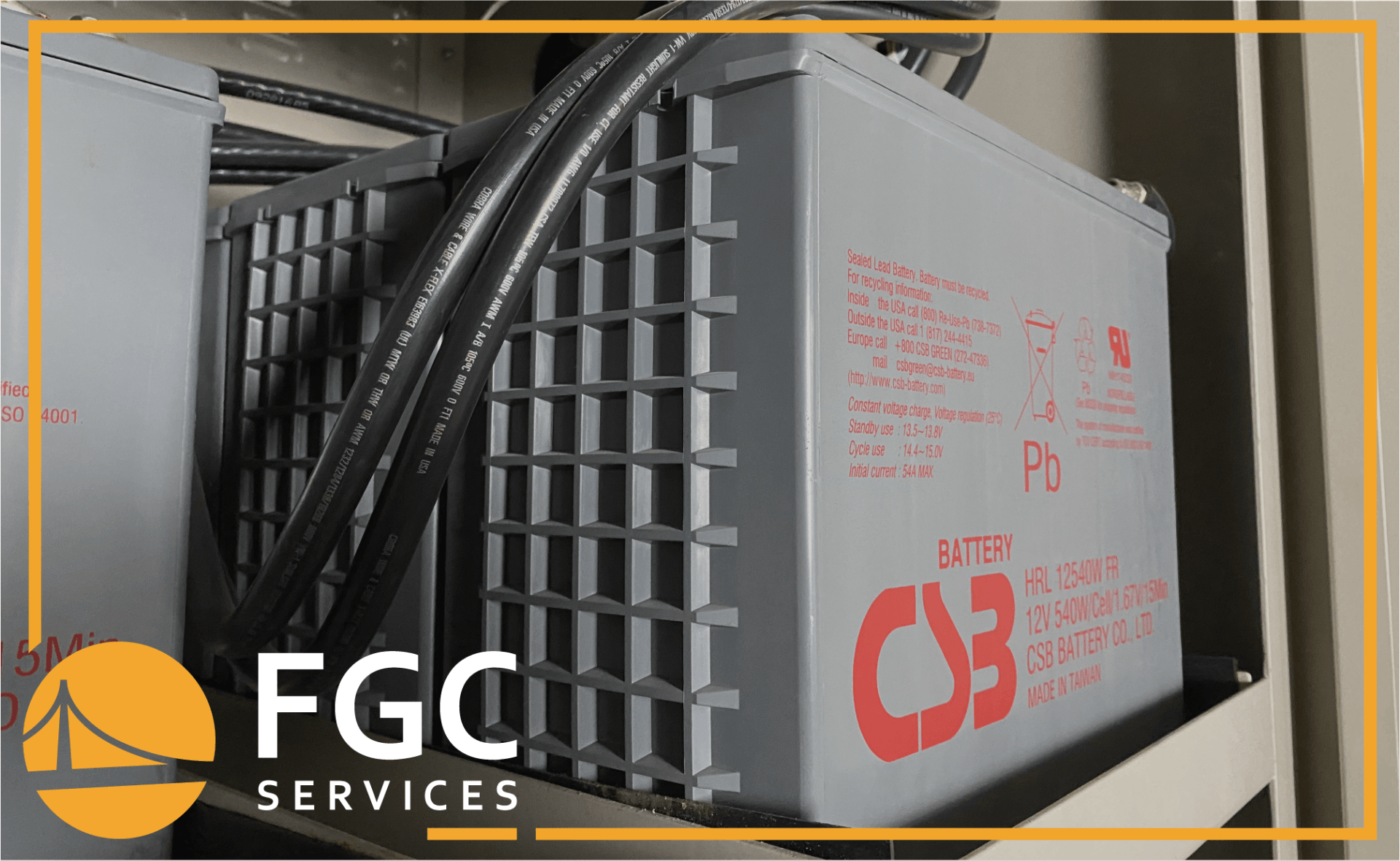Why Your Industrial Generators Need Consistent Maintenance
16 May 2022
Share this article:
As with all mechanical equipment in industrial and commercial facilities, generators require planned maintenance to ensure that they operate at optimal levels while in operation. Unfortunately, a company may skip the generator’s preventive maintenance schedule. Some facility managers feel that the generator is seldom used, so it doesn't need constant upkeep. A business owner may feel that pulling workers from off the production line to perform maintenance would lead to unnecessary costs.
Learn more about why it's important for generators to undergo planned maintenance and types of maintenance schedules that can be used for both owned and rented generators.

The Importance of Generator Planned Maintenance
Planned maintenance for generators allows you to extend the life of your generator. If you use your generator constantly based on operations, the internal components wear out quickly. Preventive maintenance allows you to fix small issues that may cause the generator to malfunction. This maintenance indicates whether you need to repair or replace components quickly to prevent unnecessary downtime.
Even when sitting idle, a generator may become exposed to environmental factors such as dirt, dust, sawdust, grease, high humidity, and extreme temperatures. All these environmental aspects can impact the generator's operational systems, components, and backup batteries. A generator preventive maintenance schedule provides regular equipment checks to understand how the environment affects components.
You may notice issues that will soon need to be addressed and can update maintenance logs regarding the state of the system. Then, your company may figure out ways to change the environmental factors to lessen the negative impact that the workplace has on the generator and other equipment.
Types of Generator Preventive Maintenance Schedules
Generator preventive maintenance schedules are based on several factors which include the length of operational time, the length of idle time, environmental factors, and whether you rent or own the generator. Rental companies may offer preventive maintenance checks as part of their service plans as they have specific schedules that they follow for specific pieces of generator equipment.
Typical maintenance schedules are divided up as weekly, monthly, semi-annually, and yearly. Your company may increase or decrease the number of performed inspections depending on how frequently the generator is used. There are certain tasks that are performed for each schedule which may be suitable for your generator equipment.
Weekly
Weekly preventive maintenance may consist of powering on the generator for a length of time to listen to how it runs and to visually look at moving components. This task is considered a no-load, automatic transfer switch exercise. It allows the generator to run without any outside power fluctuations that could influence its overall operation.
While running, you may check for any fluid leaks. You also can check that the right fuel is in the system and how quickly the fuel level is being consumed. Other aspects to evaluate include checking the circuit breaker to ensure the circuit path is closed and making sure the generator is primed for automatic startup by having it in Auto mode. Lastly, weekly maintenance should also involve listening for device alarms and that no alarms or warnings sounded during operation.
Monthly
Monthly maintenance typically consists of checking engine coolant levels, the engine oil levels, and the battery. It may also involve searching for any loose wires, signs of damage along fuel pipes, and that proper water drainage is occurring (for diesel fuel generators). You may inspect the battery for corrosion and that its operating system is working properly. Other tasks may include cleaning up the area around the generator and checking for pest infestations.
Semi-Annual
Semi-annual preventive maintenance is a more in-depth inspection and repair task. It includes both the maintenance work performed by your in-house staff as well as the work performed by a service technician. The generator undergoes a full battery diagnostic check as well as an examination of the coolant system, drive belts, exhaust system, air cleaners, fuel system, AC wiring system, and DC electrical system.
Annual
During annual preventive maintenance visits, you may perform replacement of several components that have become damaged or dirty to improve the generator's operating performance. The generator's transfer switch is completely powered off for a full inspection. Parts that undergo replacement may include air filters, fuel filters, oil filters, and spark plugs.
You may also replace old fuel and oil. Other tasks may include flushing out coolant systems, conducting load bank testing, and cleaning the system.
Generator Monthly Maintenance
If a generator is not put into constant use, some companies may be able to forego weekly preventive maintenance visits and could instead combine the tasks associated with weekly visits and monthly visits
So in addition to checking coolant, oil, and fuel levels, you may also check whether the generator is using the right fuel and making any changes or modifications to improve performance. Checking the circuit breaker as well as the battery should always be top priority for monthly generator maintenance.
The battery chemistry may experience aging due to humidity, vibrations, and extreme temperatures. These issues could lead to dangerous short circuits or thermal runaways. Inspecting the battery for corrosion and replacing the battery system when seeing warping, bulges, broken terminals, or leakage is always advisable.
Emergency Generator Maintenance Procedures
Sometimes even with a comprehensive preventive maintenance schedule, generator systems experience a malfunction. Developing emergency generator maintenance procedures allows you to assign specific tasks to workers and outline how to proceed with work to ensure the equipment is repaired quickly and thoroughly. The generator should not be placed online until major repairs are completed and go through a startup checklist to evaluate the performance of all systems.
Emergency generator maintenance may also involve emergency visits with service technicians. In order for the service technician to provide you the best service possible, document the issues that are experienced and any repairs or replacements that your in-house staff performed prior to the technician's arrival. This process ensures that the technician has a full perspective of previous work performed to the generator so they know how to proceed with their work.
A generator preventive maintenance schedule provides enormous benefits to industrial and commercial operations. If you need generator service or emergency service, contact Facility Gateway Corporation. Reach out to us today for a quote.
Connect with Us:





